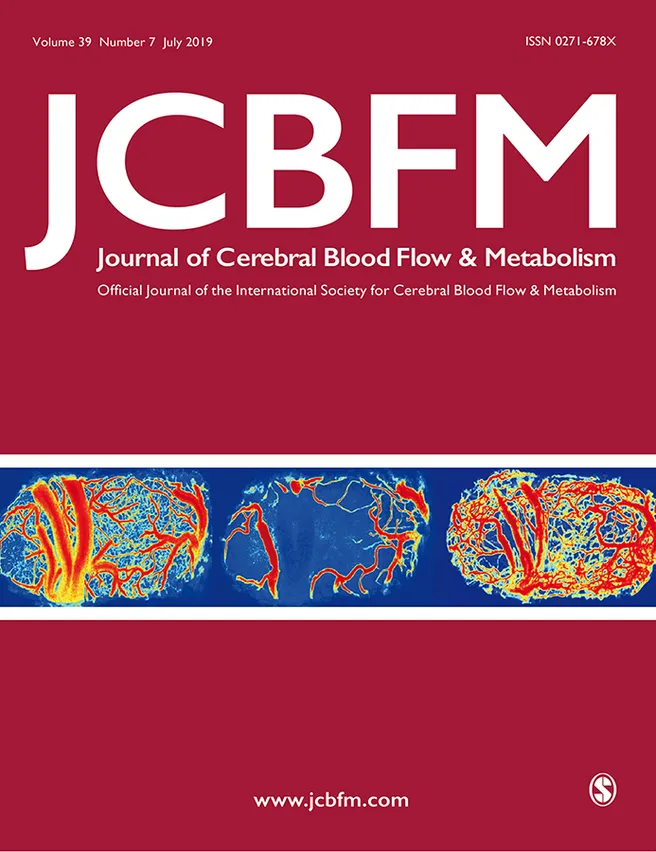We are excited to announce a new publication. Leidy Y. Cubillos-Pinilla co-authored a paper on lesion evolution and stroke outcome by using advanced diffusion imaging and this has been accepted in the Journal of Cerebral Blood Flow and Metabolism.
Background and Purpose: The fate of subcortical infarcts is highly variable, ranging from complete tissue loss to no visible lesion on follow-up. However, little is known about within-lesion heterogeneity of subcortical infarcts and its relevance for stroke outcome.
Methods: Patients with acute stroke caused by subcortical infarcts and recruited through the prospective DEDEMAS study (NCT01334749) were examined at baseline (n=45), 6 months (n=45), and 3 years (n=28) post-stroke. Standardized MRI at 3 Tesla involved 3D T1-weighted, 3D fluid attenuated inversion recovery (FLAIR) and diffusion imaging. Tissue fate was determined for each infarct voxel (identified on baseline diffusion weighted images, DWI) using T1 and FLAIR images from the follow-up scans and fully automated tissue segmentation. Clinical outcome was assessed by the modified Rankin scale (mRS) at 6 months. Predictors of infarct were evaluated by multiple regression models. Within-lesion heterogeneity at baseline was assessed by free water diffusion bitensor modelling.
Results: The majority of infarcts (66%) showed cavitation on follow-up but the proportion of tissue turning into a cavity was typically small (9±13.5% of the initial DWI lesion). On average 69±25% of the initial DWI lesion resolved without any apparent signal abnormality on follow-up scans. The extent of cavitation at 6 months post-stroke was independently associated with clinical outcome (mRS, OR=4.71, p=0.005). Infarct size and the free water corrected mean diffusivity at baseline independently predicted subsequent cavitation.
Conclusion: Acute subcortical infarcts show considerable within-lesion heterogeneity in terms of infarct fate. The proportion of tissue turning into a cavity is typically small, but relevant for clinical outcome. Within-lesion heterogeneity can already be captured at baseline using advanced diffusion imaging.
Duering, M., Adam, R., Wollenweber, F., Bayer-Karpisnka, A., Baykara, E., Cubillos-Pinilla, LY., . . . Dichgans, M. (forthcoming). Within-Lesion Heterogeneity of Subcortical DWI Lesion Evolution, and Stroke Outcome: A Voxel-Based Analysis. Journal of Cerebral Blood Flow and Metabolism.
